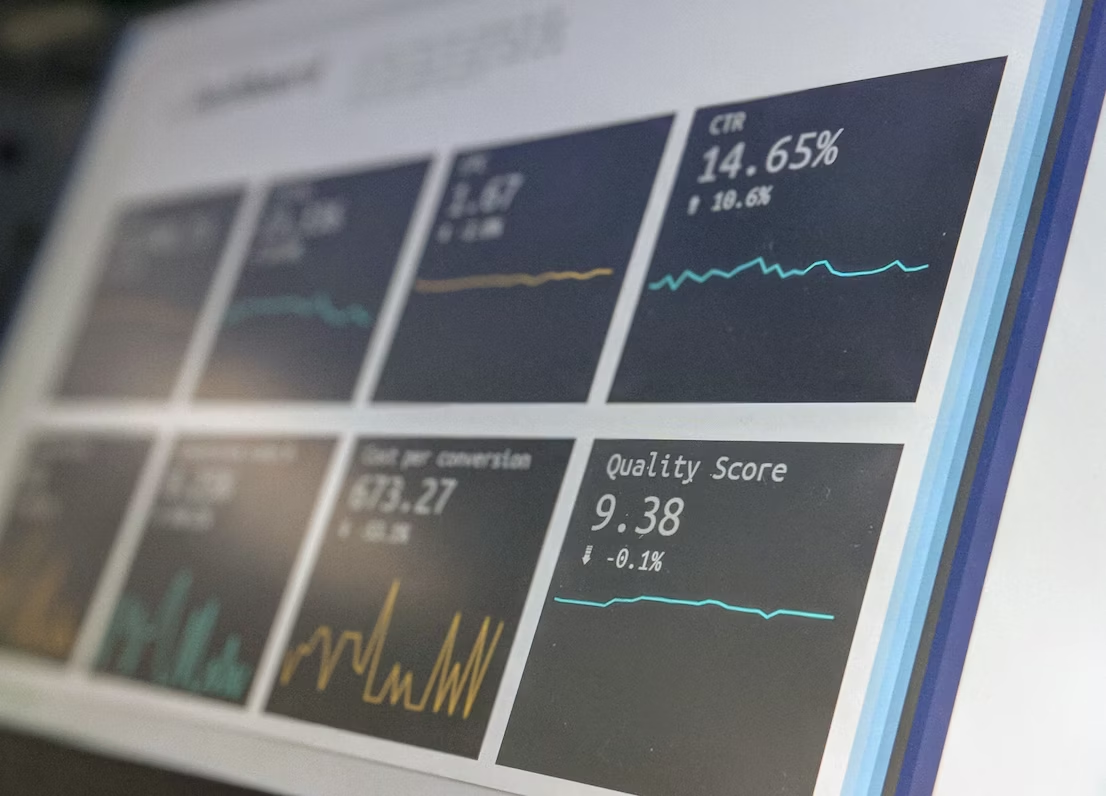Subtitle creation can be a daunting task for theatrical directors and producers. Not only does it require a deep understanding of the foreign language being used, but it also requires a keen eye for timing and synchronization. In a fast-paced industry where time is of the essence, finding a quick and efficient way to create and edit subtitles is crucial.
How can venues best prepare for a performance with surtitles?
Preparing for a performance with surtitles can be a daunting task for venues. However, with proper planning and organization, you can ensure a smooth and seamless experience for both the audience and the performers. Here are a few key steps to help you best prepare for a performance with surtitles:
- Understand the needs of the production: Before diving into the preparation process, it's crucial to have a clear understanding of the production's requirements. Communicate with the director or producer to determine the specific language(s) that need translation and the intended placement of the surtitles.
- Hire a professional translator: Translation is a delicate art that requires linguistic expertise and cultural understanding. It's essential to hire a skilled professional translator who can accurately capture the nuances and emotions of the dialogue. Work closely with the translator to ensure that the surtitles align with the pace and rhythm of the performance.
- Create a surtitle script: Once the translation is complete, it's time to create a surtitle script. This script should include the translated dialogue, projected onto a screen or supertitles above the stage. By using the Captitles app, you can streamline this process and enhance efficiency. Captitles allows you to easily format the text in a legible and visually appealing way, taking into consideration factors such as font size and color contrast.
- Test the surtitles: Prior to the performance, conduct thorough testing of the surtitles to ensure their accuracy and visibility. Project the surtitles on the stage or screen and evaluate their legibility from different seating areas. Make any necessary adjustments to ensure optimal visibility forall audience members.
- Coordinate with the technical team: Surtitles require technical coordination to ensure they are displayed at the right time and in sync with the performers. Work closely with the technical team to integrate the surtitles seamlessly into the performance. Test the timing and synchronization during rehearsals to iron out any issues.
- Edit and review: Even with careful planning, there may be a need to edit and review the surtitles. During rehearsals or preview performances, pay close attention to audience feedback and any inconsistencies or errors in the surtitles. Make the necessary edits and revisions to improve the overall experience.
- Provide clear instructions to the audience: Before the performance begins, provide clear instructions to the audience regarding the use of surtitles. Inform them about the location of the surtitles, how to read them, and any other relevant information. This will ensure that the audience knows what to expect and can fully engage with the performance.
In conclusion, preparing for a performance with surtitles requires careful planning, coordination, and attention to detail. By understanding the needs of the production, hiring a professional translator, creating a surtitle script, testing and coordinating with the technical team, editing and reviewing, and providing clear instructions to the audience, you can ensure a seamless and enjoyable experience for all. Remember, the goal is to enhance the understanding and appreciation of the performance, so every effort put into creating and editing the surtitles is worth it.
What is the best way to integrate surtitles into a performance?
Integrating surtitles into a performance can be a challenging task, but fear not! There are several effective ways to seamlessly incorporate these projected translations into your theatrical production. Here, we will explore the best methods to ensure a smooth and captivating experience for your audience.
First and foremost, it is crucial to carefully choose the type and placement of surtitles. Opting for supertitles, which are projected above the stage, is a popular choice as they allow the audience to maintain focus on the actors while also being able to read the translated dialogue. This method ensures minimal distraction and enhances the overall theatrical experience.
Next, consider the font size and style. Select a font that is easily legible and complements the tone of your performance. It is important to strike a balance between a font that is large enough for everyone to read comfortably and one that does not overshadow the actors' performances. Experiment with different font sizes during rehearsals to find the ideal balance.
To integrate surtitles seamlessly, timing is everything. Coordinate the display of the surtitles with the actors' dialogue. Aim to project the translated text just before the corresponding line is spoken, allowing the audience to read and understand the meaning without missing any of the actor's delivery. This synchronicity will create a harmonious connection between the dialogue and the projected words, enhancing the audience's engagement.
Additionally, remember to keep the surtitles concise and clear. Avoid lengthy sentences or complex phrases that may be difficult to read and comprehend in real-time.









